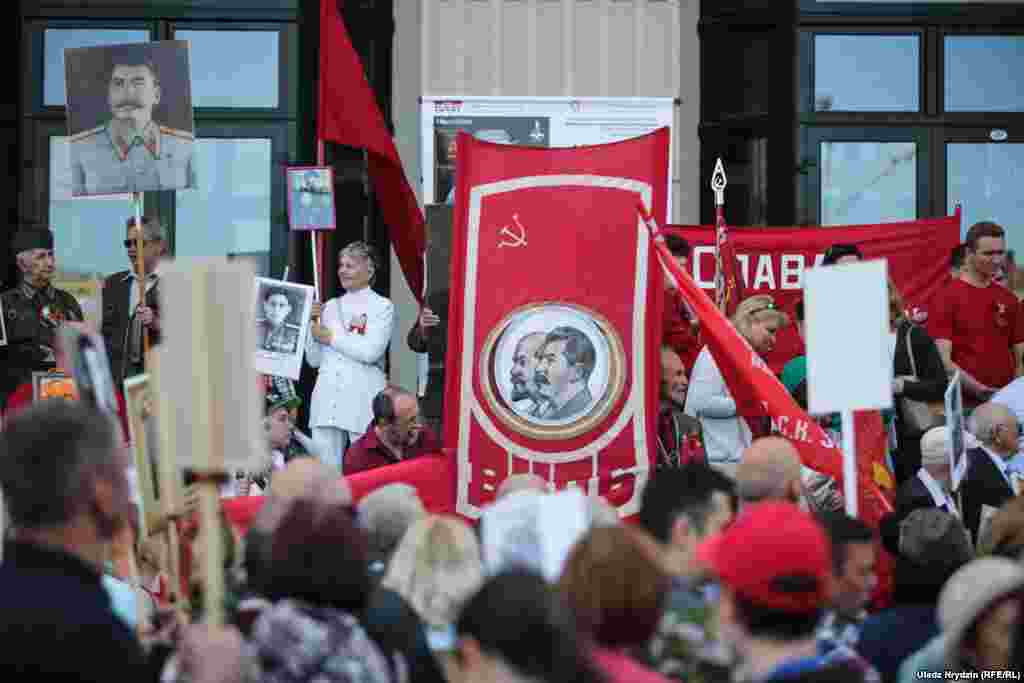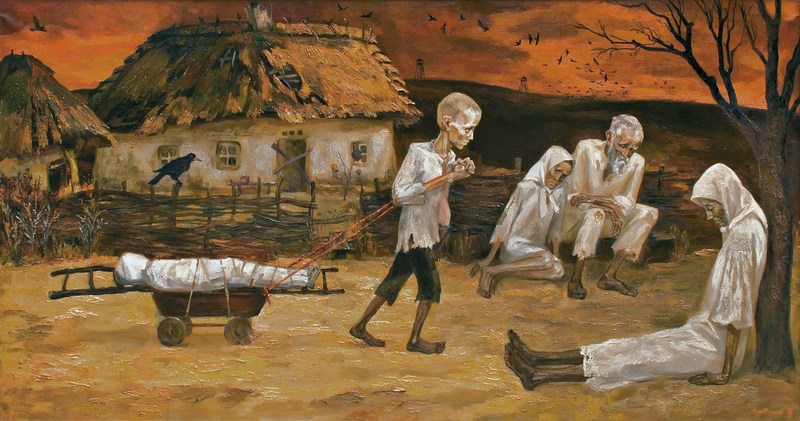Peoples who live in regions where borders have been changed frequently often find themselves at odds with each other when those in one country celebrate a past which involves places that are now on the territory of other states, with what may seem to be small things growing into major issues.
Perhaps the most famous case of this involves Armenia which put on its national coat of arms Mount Ararat, which has been under Turkish rule for some time. That provoked an exchange between Turkish and Soviet diplomats in the early 1920s, with the Turks complaining about this attack on their sovereignty.
The Soviet response at the time was classical and perhaps should serve as a model for others. The representatives of the Bolshevik regime said they saw no reason for Türkiye to object to the Armenian action because after all, they pointed out, the Turks had put the moon on their flag, a place clearly beyond the sovereign control of their government.
But however that may be, problems of this kind keep arising, and two have surfaced in the last month that affect Poland, Lithuania, Belarus, and Ukraine, all countries that have seen their borders shift many times over the centuries and in particular during and after the second world war.
The first arose because the Polish government has its citizens to vote on the pictures to be used in a new Polish passport to be issued next year on the occasion of the centenary of Poland’s independence. Among the choices offered are portrayals of places significant in Polish history but no longer within Poland’s borders.
They include places in Lithuania and Ukraine, and not surprisingly, officials in both those countries and others, including the Russian Federation, have expressed concern. Warsaw has responded that no final decision has been made and that the government views its poll as consultative rather than decisive.
Although it has stayed out of this conflict – even though it might in fact have entered it as well – the Belarusian government has found itself embroiled in the issue that the Polish passport case illustrates because “absolutely unofficially,” it has territorial claims on Lithuania, Poland and Russia.
For many Belarusians, Vilnius, now the capital of Lithuania (and more recently part of Poland), is the center of Belarusian history. And that reality has been highlighted by the release of three new beers in honor of the centenary of the declaration of the city of Minsk as the capital of Belarus.
This hasn’t sparked official protests at least not yet, but over time, “the only way to avoid such conflicts in Eastern Europe is to recognize that many symbol and architectural and geographic objects of the region are elements of the common history of various countries,” the Rosbalt report
on these developments suggests.
Related:
- Why Poland should support Ukraine
- Kremlin trolls are engaged in massive anti-Ukrainian propaganda in Poland
- Attack on Poland’s Consulate General in Northwestern Ukraine seen as provocation
- Poland and Ukraine haven’t yet lost their chance
- Ukraine and Poland adopt Declaration of Memory and Solidarity, condemn external aggressors
- 77 years ago, Nazi and Soviet forces celebrated their joint defeat of Poland
- Poland and politics. Why politicians should not meddle in history
- New train route over Polish border unites Ukraine with rest of Europe





